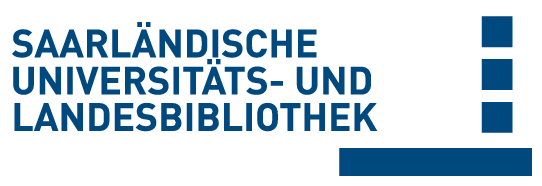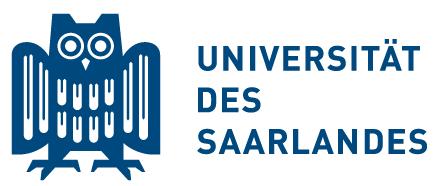Please use this identifier to cite or link to this item:
Volltext verfügbar? / Dokumentlieferung
doi:10.22028/D291-41933 | Title: | rAAV-Mediated Human FGF-2 Gene Therapy Enhances Osteochondral Repair in a Clinically Relevant Large Animal Model Over Time In Vivo |
| Author(s): | Morscheid, Yannik P. Venkatesan, Jagadeesh K. Schmitt, Gertrud Orth, Patrick Zurakowski, David Speicher-Mentges, Susanne Menger, Michael D. Laschke, Matthias W. Cucchiarini, Magali Madry, Henning |
| Language: | English |
| Title: | The American Journal of Sports Medicine |
| Volume: | 49 |
| Issue: | 4 |
| Pages: | 958-969 |
| Publisher/Platform: | American Orthopaedic Society for Sports Medicine |
| Year of Publication: | 2021 |
| Free key words: | articular cartilage osteochondral defects rAAV gene therapy growth factors sheep model |
| DDC notations: | 610 Medicine and health |
| Publikation type: | Journal Article |
| Abstract: | Background: Osteochondral defects, if left untreated, do not heal and can potentially progress toward osteoarthritis. Direct gene transfer of basic fibroblast growth factor 2 (FGF-2) with the clinically adapted recombinant adeno-associated viral (rAAV) vectors is a powerful tool to durably activate osteochondral repair processes. Purpose: To examine the ability of an rAAV-FGF-2 construct to target the healing processes of focal osteochondral injury over time in a large translational model in vivo versus a control gene transfer condition. Study Design: Controlled laboratory study. Methods: Standardized osteochondral defects created in the knee joints of adult sheep were treated with an rAAV human FGF-2 (hFGF-2) vector by direct administration into the defect relative to control (reporter) rAAV-lacZ gene transfer. Osteochondral repair was monitored using macroscopic, histological, immunohistological, and biochemical methods and by micro–computed tomography after 6 months. Results: Effective, localized prolonged FGF-2 overexpression was achieved for 6 months in vivo relative to the control condition without undesirable leakage of the vectors outside the defects. Such rAAV-mediated hFGF-2 overexpression significantly increased the individual histological parameter ‘‘percentage of new subchondral bone’’ versus lacZ treatment, reflected in a volume of mineralized bone per unit volume of the subchondral bone plate that was equal to a normal osteochondral unit. Also, rAAV-FGF-2 significantly improved the individual histological parameters ‘‘defect filling,’’ ‘‘matrix staining,’’ and ‘‘cellular morphology’’ and the overall cartilage repair score versus the lacZ treatment and led to significantly higher cell densities and significantly higher type II collagen deposition versus lacZ treatment. Likewise, rAAV-FGF-2 significantly decreased type I collagen expression within the cartilaginous repair tissue. Conclusion: The current work shows the potential of direct rAAV-mediated FGF-2 gene therapy to enhance osteochondral repair in a large, clinically relevant animal model over time in vivo. Clinical Relevance: Delivery of therapeutic (hFGF-2) rAAV vectors in sites of focal injury may offer novel, convenient tools to enhance osteochondral repair in the near future. |
| DOI of the first publication: | 10.1177/0363546521988941 |
| URL of the first publication: | https://doi.org/10.1177/0363546521988941 |
| Link to this record: | urn:nbn:de:bsz:291--ds-419338 hdl:20.500.11880/37521 http://dx.doi.org/10.22028/D291-41933 |
| ISSN: | 1552-3365 0363-5465 |
| Date of registration: | 23-Apr-2024 |
| Faculty: | M - Medizinische Fakultät |
| Department: | M - Chirurgie M - Orthopädie |
| Professorship: | M - Prof. Dr. Henning Madry M - Prof. Dr. Michael D. Menger |
| Collections: | SciDok - Der Wissenschaftsserver der Universität des Saarlandes |
Files for this record:
There are no files associated with this item.
Items in SciDok are protected by copyright, with all rights reserved, unless otherwise indicated.

